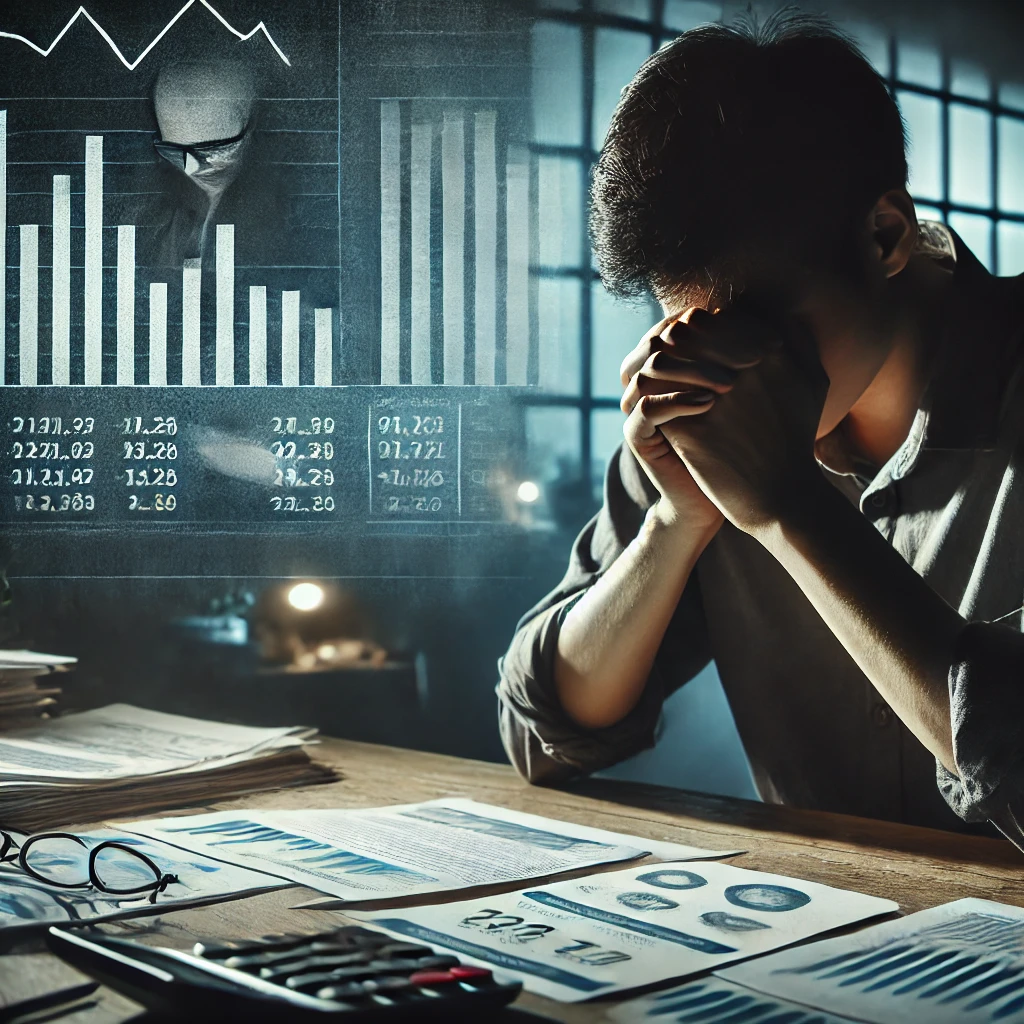Introduction
The economic landscape in 2024 has been tumultuous, leading to a significant surge in personal bankruptcy filings. The increase is a stark reminder of the financial vulnerability many individuals face when confronted with economic hardships. This article delves into the causes of this uptick, examines the impact on individuals and the economy, and provides insights from financial experts.
Economic Challenges Driving Bankruptcy Filings
Several factors have contributed to the rise in personal bankruptcy filings. Chief among them is the economic downturn that has affected numerous sectors, leading to job losses, reduced income, and financial instability for many households. The ongoing inflation, coupled with rising interest rates, has exacerbated the financial strain on individuals, making it harder for them to manage debt and meet their financial obligations.
1. Job Losses and Reduced Income
The economic downturn has resulted in widespread job losses across various industries. Many individuals who were once financially stable have found themselves unemployed or underemployed, leading to a significant reduction in household income. This loss of income has made it difficult for many to keep up with their debt payments, pushing them towards bankruptcy as a last resort.
2. Inflation and Rising Costs
Inflation has been a persistent issue, eroding the purchasing power of individuals and increasing the cost of living. Essential goods and services, such as food, housing, and healthcare, have seen substantial price hikes. For those already struggling to make ends meet, these rising costs have further strained their finances, leaving bankruptcy as the only viable option.
3. High Interest Rates
The increase in interest rates has had a dual effect. On one hand, it has made borrowing more expensive, thus discouraging new debt accumulation. On the other hand, for those with existing debt, the higher interest rates have increased the cost of debt servicing. This has particularly impacted individuals with variable-rate debts, such as credit cards and certain types of loans, making their financial situation untenable.
Impact On Individuals
The surge in bankruptcy filings has profound implications for individuals. Declaring bankruptcy is a significant step that can have long-lasting effects on a person’s financial health and overall well-being.
1. Credit Score Damage
Bankruptcy severely impacts an individual’s credit score, making it difficult to obtain credit in the future. This can hinder their ability to secure loans, credit cards, or even rent an apartment, as many landlords check credit scores during the rental application process.
2. Emotional and Mental Health
The financial stress leading up to and following a bankruptcy filing can take a toll on an individual’s emotional and mental health. The stigma associated with bankruptcy can lead to feelings of shame and failure, affecting one’s self-esteem and overall mental well-being.
3. Loss of Assets
Depending on the type of bankruptcy filed, individuals may be required to liquidate assets to pay off creditors. This can result in the loss of valuable possessions, including homes, cars, and other personal property, further destabilizing an individual’s financial situation.
Expert Insights And Statistical Data
Financial experts have weighed in on the surge in bankruptcy filings, providing a deeper understanding of the underlying causes and potential solutions.
1. Expert Opinions
Jane Smith, a financial analyst at XYZ Financial Services, notes, “The current economic climate has created a perfect storm for personal bankruptcies. The combination of job losses, inflation, and high interest rates has left many individuals with no viable alternatives.”
John Doe, a bankruptcy attorney, adds, “We’ve seen a marked increase in clients seeking bankruptcy advice. Many are hardworking individuals who have simply been overwhelmed by circumstances beyond their control.”
2. Statistical Data
Recent data from the National Bankruptcy Association indicates a 25% increase in personal bankruptcy filings compared to the previous year. The data highlights that the majority of these filings are Chapter 7 bankruptcies, which involve the liquidation of assets to pay off debts. This type of bankruptcy is often chosen by individuals who have little to no disposable income and are unable to create a viable repayment plan.
Addressing The Surge: Potential Solutions
While the increase in personal bankruptcy filings is alarming, there are steps that can be taken to address the underlying issues and provide relief to those affected.
1. Financial Education
Improving financial literacy can help individuals make informed decisions about managing their money, avoiding excessive debt, and understanding their rights and options when facing financial difficulties. Community programs and educational initiatives can play a crucial role in this regard.
2. Government Assistance
Government programs aimed at providing financial assistance to those in need can help alleviate some of the immediate pressures that lead to bankruptcy. This could include unemployment benefits, housing assistance, and subsidies for essential services.
3. Debt Relief Programs
Debt relief programs, such as debt consolidation and negotiation with creditors, can provide individuals with a structured plan to manage and reduce their debt. These programs can offer an alternative to bankruptcy, helping individuals regain control of their finances.
Conclusion
The surge in personal bankruptcy filings amid the economic downturn is a reflection of the broader financial challenges facing many individuals today. By understanding the causes and impacts of this trend, and exploring potential solutions, we can better support those affected and work towards a more stable economic future.


